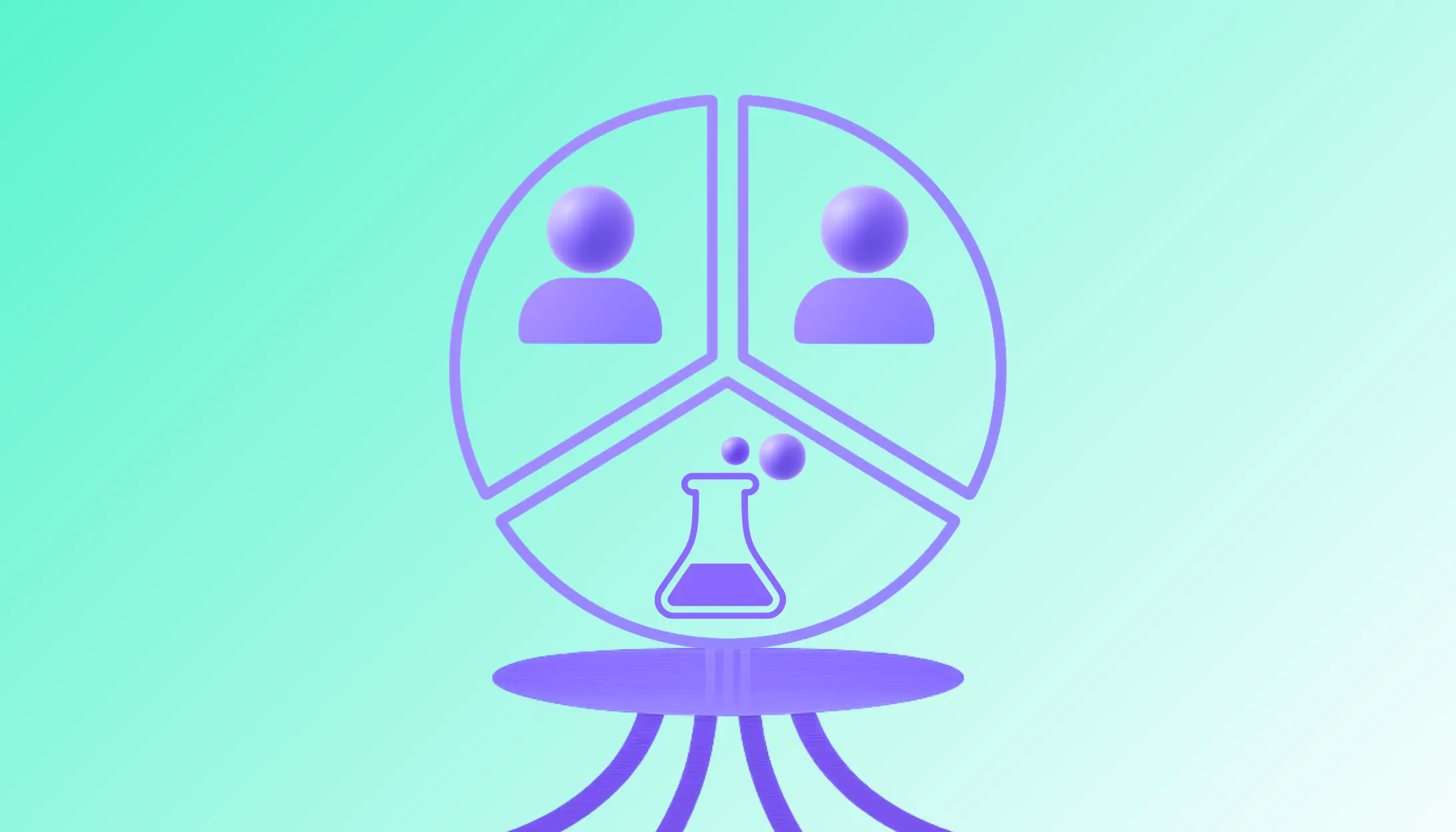How lifecycle marketing software powers retention and revenue growth
.webp)
What is lifecycle marketing software?
Lifecycle marketing software is the system used to move customers from first contact to long-term loyal subscribers. Rather than treating acquisition, activation, engagement, retention, and reactivation as separate campaigns, this software allows all stages of the journey to be managed automatically, intelligently, and at scale.
For subscription businesses, growth comes from retention as much as acquisition. That’s where lifecycle marketing software becomes a strategic tool, not just a messaging platform.
Why it’s essential for subscription businesses
In a subscription model, retention is the engine that drives growth. When churn is high or engagement drops, acquisition becomes unsustainable, and the cost to replace lost subscribers outpaces the value they deliver. High churn inflates acquisition costs, which in turn threatens profitability.
Lifecycle marketing software helps you overcome these limitations by:
- Automating trigger-based journeys that respond in real time to subscriber behavior.
- Linking messaging to measurable outcomes such as renewal rates, ARPU, and LTV, rather than just opens or clicks.
- Allowing teams to test, learn, and iterate across the full lifecycle instead of executing one-off campaigns.
When software supports this kind of system, the result is predictable outcomes rather than sporadic and coincidental wins.
Core features to evaluate
Choosing the right lifecycle marketing software means looking beyond channel support or fancy interfaces. The features that matter most are those that support a complete lifecycle system.
- Predictive audience building
The software should automatically surface the most important audiences. For example, subscribers showing early signs of inactivity, or high-value users nearing upgrade potential. Acting before churn occurs allows teams to intervene proactively and preserve long-term value.
- Experimentation and lift analysis
An effective platform makes it easy to run tests (treatment vs. control), track lift over time, and decide when a successful experiment should become part of the standard journey. Without this, the “automation” is just bulk messaging without real feedback.
- Journey orchestration
When an experiment concludes, the software should allow it to be promoted into an always-on journey with minimal effort. Journeys should adapt dynamically: if a subscriber upgrades, pauses, or becomes inactive, they should be moved into the next relevant path automatically.
- Outcome-based analytics
More than just “send” stats, the software should connect campaigns to metrics such as renewal lift, churn reduction, engagement depth, orders per user, and subscriber lifetime value. These are the metrics that leaders use to justify budget and scale retention programs.
- Governance and scalability
As automation grows, so do risks such as oversending, fatigue, or untargeted messages. Effective platforms include fatigue scoring, frequency caps, exit rules, and audit trails so that scaling doesn’t come at the cost of brand trust.
How to use lifecycle marketing software effectively
Software on its own won’t solve retention issues; therefore, it must be paired with a strategy that is built with discipline as a core ideal. Here’s how to make it work.
- Map the subscriber journey
Start by clearly mapping each stage of your subscription lifecycle:
Acquisition → Onboarding → Active use → Renewal risk → Reactivation
Then define which behaviors are expected at each stage (e.g., “completes setup within five days,” “visits three times per week,” “downgrade within 15 days of renewal”). These become the signals that automation and targeting should respond to.
- Run small, meaningful experiments
Pick one stage, one audience signal, and one intervention to test. Use the software’s audience builder to create the test group and holdout. Decide upfront what success looks like (e.g., “10% lift in renewal rate over next two billing cycles”). Let the experiment run until confidence is established, then roll the winning variant into automation.
- Automate what works
When a journey proves effective, make it permanent. Configure the software to route future subscribers into that path automatically, adjust when conditions change, and build in monitoring to be alerted if performance drops.
- Measure beyond opens
Instead of focusing on open rate or click-through, link journeys to subscriber behavior and financial value. Are users staying active longer? Did orders per user increase? Is lifetime value rolling upward? These outcomes matter when proving impact to stakeholders.
- Scale sustainably
As automation expands, guardrails become essential. Suppression rules, frequency caps, and exit criteria help prevent fatigue and ensure message relevance. Regular quarterly reviews should identify and archive low-performing flows, retaining only those that deliver measurable value.
Common pitfalls and how to avoid them
Even the best software can lead to waste if not used well.
- Overbuilding flows: Focus on fewer, high-impact journeys rather than attempting to cover every scenario from day one.
- Neglecting data quality: If the signaling is flawed, incorrect journeys will be triggered, undermining trust.
- Measuring wrong metrics: Opens don’t always correlate with value. Stay focused on retention, ARPU, and lifetime value.
- Ignoring cross-team alignment: Lifecycle isn’t just marketing; it touches product, data, and support. Make sure all functions collaborate.
Finding the right platform for your business
When comparing lifecycle marketing software options, ask:
- Can it source data in real time and refresh audiences continuously?
- Does it support experimentation features, sample sizing, controls, and confidence scoring?
- Does it allow winning tests to be easily promoted into live journeys?
- Are analytics tied to long-term metrics like renewal rate, churn savings, and LTV?
- Does governance exist to protect subscriber trust at scale?
The best platforms enable commercial teams to own a lifecycle strategy, rather than relying entirely on engineering.
Closing thoughts
Lifecycle marketing software is the infrastructure that powers retention, habits, and long-term subscriber value. By adopting a systematic approach, running real experiments, and making automation intelligent and adaptive, subscription brands can build growth engines rather than reactive pipelines.
Choosing the right lifecycle marketing software and using it with intention is one of the most impactful strategic moves a subscription business can make today.
If you are evaluating platforms that integrate seamlessly with your existing stack, consider booking a demo with our team. Subsets is a lifecycle experimentation and automation platform built for consumer subscription companies. It enables commercial teams to identify predictive audiences, test personalized journeys, and automate what works, improving retention, engagement, and lifetime value through data-driven precision.


.svg)

.svg)

.webp)
.webp)